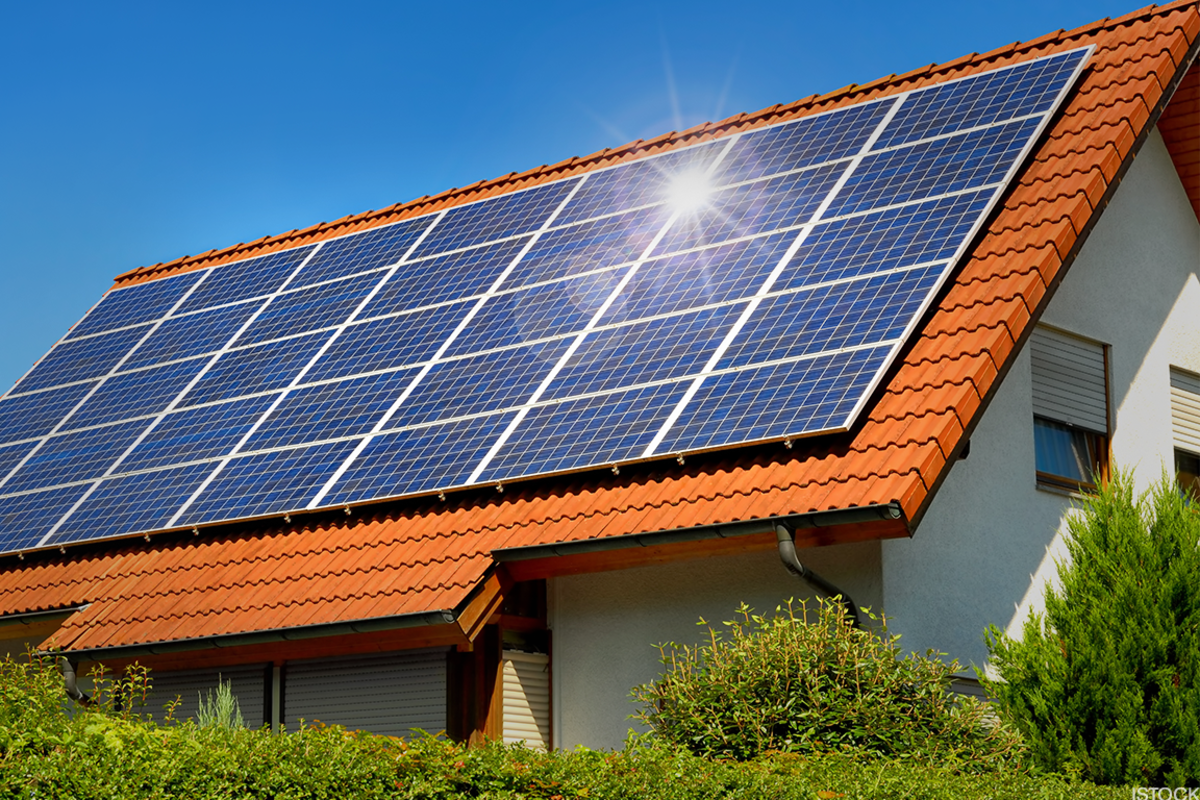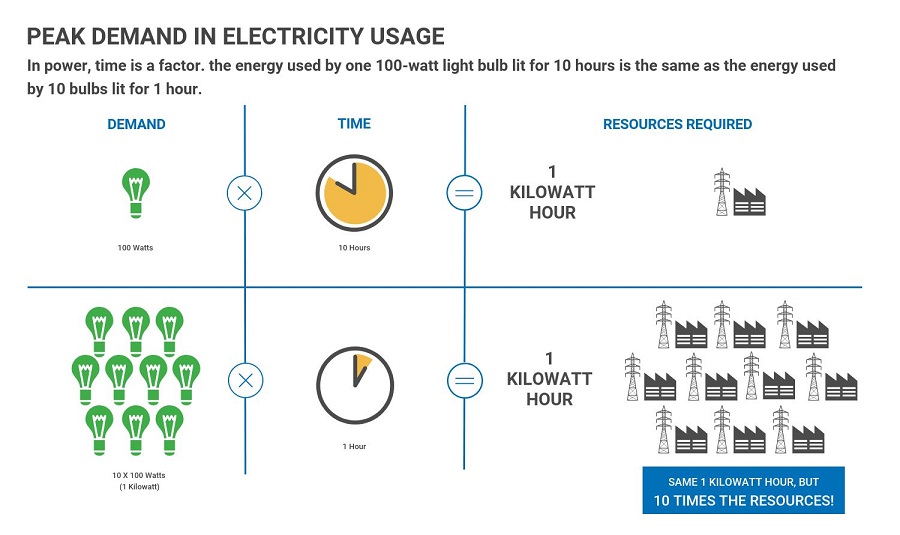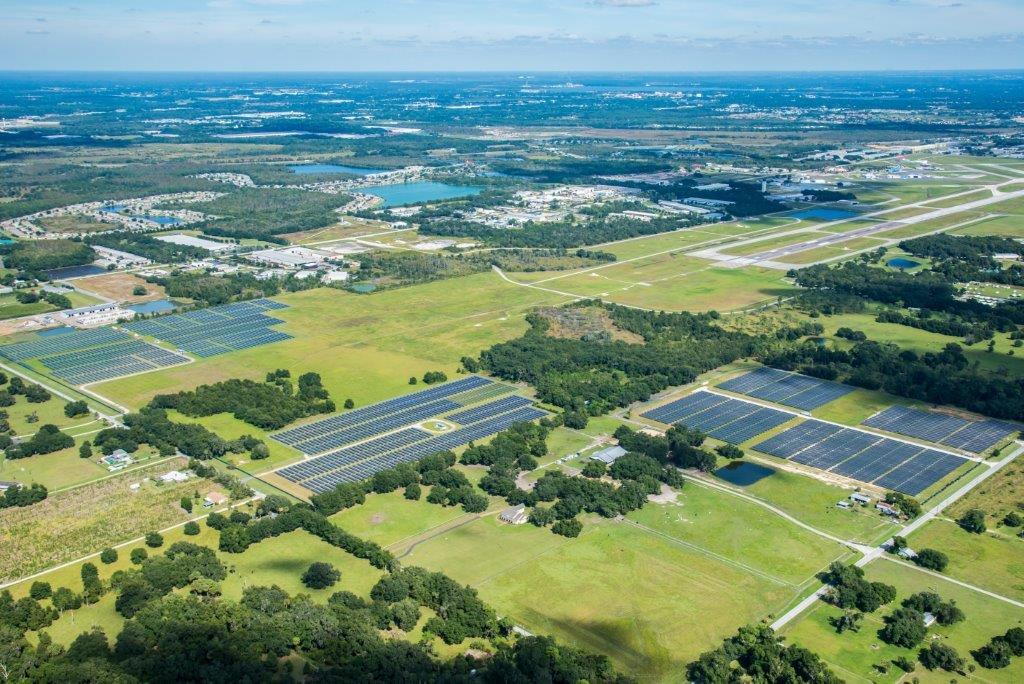- A list of standards has been approved by nationally-recognized professional organizations that address the design, installation, and operation of solar PV systems. It is the customer's responsibility to ensure compliance with such standards.
- These standards and utility terms for interconnection and net metering are specified in two separate documents titled:
Solar

Our Energy Analysts are ready to assist as you decide if solar energy is right for your home or business. We'll help you review your energy footprint, best practices, and energy-saving recommendations to help you make the best decision to meet your home's or business's financial and environmental goals. Call (863) 834-9535 Monday through Friday from 7:30 a.m. to 6:00 p.m. to schedule an appointment.

The Lakeland Electric Net Metering Program is for customers who choose to add renewable solar generation to their homes or businesses. Customers with personal renewable generation offset the electricity they will have to purchase from Lakeland Electric.
What is Net Metering? Lakeland Electric net metering is the condition where the energy being received from a customer-owned generator is metered separately from the energy being delivered to the customer and is credited back to the customer at the full retail rate.
How does the Net Metering Program work? Customers are charged for the metered kWh received from Lakeland Electric during each month. Customers are credited for the metered kWh sent to Lakeland Electric each month.
Lakeland Electric offers net metering to residential customers who install photovoltaic (PV) systems up to 10 killowats (kW) and to commercial customers who install PV systems up to 500 kW.
What is Interconnection of a PV system? PV interconnection occurs when a solar-powered generating system is installed on the customer side of the utility meter and operates alongside the utility's electrical service to the property. The energy produced by this generator is primarily intended to offset part or all of a customer's annual electricity requirements.
Lakeland Electric customers who wish to participate in the Lakeland Electric Net Metering Program must be informed of the following:
"Agreement for parallel connection of a Photovoltaic Generator and/or an Energy Storage System (PV-ESS) up to 2MW with the City of Lakeland's Electric Distribution System" Solar LE PV Agreement_ALL TIERS
Any customer, who wishes to participate in the program is required to review, sign, and abide by the requirements of one of these agreements.

The Solar Price Plan is the price plan for residential customers who choose to produce some of their energy using rooftop solar. The Solar Price Plan encourages customers to shift their energy usage away from peak times. Customers who can shift their large demands during peak times can save significant money with a much lower energy rate during the rest of the day.
How Does It Work?
The Solar Price Plan is a combination of two parts:
- A demand charge is applied during a peak period
- A lower energy rate than the standard plan
A demand charge is applied based on your single highest energy usage during peak times over a billing period. The demand charge is $5.77 per kilowatt. For example, if your highest usage during a peak period for a month is 5 kilowatts, your demand charge would be $28.85.
All your energy for the month is billed at $0.02674* per kilowatt hour (kWh), regardless of when it is used. This rate is less than half what you would pay on the standard plan.
*Includes energy and smart grid charges.
All your energy for the month is billed at $0.02674* per kilowatt hour (kWh), regardless of when it is used. This rate is less than half what you would pay on the standard plan.
*Includes energy and smart grid charges.
Understanding Demand
Demand is the amount of power needed to supply every electrical device running in your home at a specific point in time.
Think about it like your Internet service. When one person streams a movie or television show on a device in your home, the stream works perfectly. However, as additional people in your home attempt to stream video at the same time, more bandwidth is needed.
Electricity demand is similar. As more appliances in your home run simultaneously, your demand for power increases. For example, ten 100-watt light bulbs demand 1,000 watts (1 kilowatt) of electricity (10x100) to stay lit.
Certain appliances – such as HVAC units, electric ovens and clothes dryers – demand significant power from the grid. That's why not running them at the same time is important to minimize the Demand Charge.
The graphic below illustrates this concept and why managing demand has a positive effect on the power grid.

Think about it like your Internet service. When one person streams a movie or television show on a device in your home, the stream works perfectly. However, as additional people in your home attempt to stream video at the same time, more bandwidth is needed.
Electricity demand is similar. As more appliances in your home run simultaneously, your demand for power increases. For example, ten 100-watt light bulbs demand 1,000 watts (1 kilowatt) of electricity (10x100) to stay lit.
Certain appliances – such as HVAC units, electric ovens and clothes dryers – demand significant power from the grid. That's why not running them at the same time is important to minimize the Demand Charge.
The graphic below illustrates this concept and why managing demand has a positive effect on the power grid.

Peak Times
In the wintertime (November through March) the On-Peak hours are 6:01 a.m. – 10:00 a.m. weekdays. In the summertime (April through October) the On-Peak hours are 1:01 p.m. – 8:00 p.m. weekdays. Major holidays and weekends are excluded from the peak times.
Why is a Solar Price Plan necessary?
Peaks in usage are a major challenge for all utility companies. Lakeland Electric must maintain the ability to generate and deliver enough electricity to meet these peak periods, but that infrastructure goes largely unused during the rest of the day.
Solar customers do not pay for energy or at least as much energy when the sun is shining brightly. Many even receive credits when they produce more than they use. However, they still need the grid and the power plants during times when the sun isn't shining.
By encouraging customers to shift their highest demands for energy to non-peak times, overall costs go down, and everyone benefits.
Solar customers do not pay for energy or at least as much energy when the sun is shining brightly. Many even receive credits when they produce more than they use. However, they still need the grid and the power plants during times when the sun isn't shining.
By encouraging customers to shift their highest demands for energy to non-peak times, overall costs go down, and everyone benefits.

Did you know Lakeland Electric has a total of 5 Solar Farms right here in Lakeland?
This means when the sun is shining on a summer day, Lakeland Electric has the capability to generate about 15 megawatts of power.
Since 1994 Lakeland Electric has been interested in utilizing alternative energy sources. Solar Panels are ideal for Florida's sunny days and can minimize customers' dependency on the main electric grid. Moving forward, Lakeland Electric plans to increase solar programs with additional solar farms and customers' personal solar panels.
This means when the sun is shining on a summer day, Lakeland Electric has the capability to generate about 15 megawatts of power.
Since 1994 Lakeland Electric has been interested in utilizing alternative energy sources. Solar Panels are ideal for Florida's sunny days and can minimize customers' dependency on the main electric grid. Moving forward, Lakeland Electric plans to increase solar programs with additional solar farms and customers' personal solar panels.

This solar farm is located by the Lakeland Linder Airport in south Lakeland.





